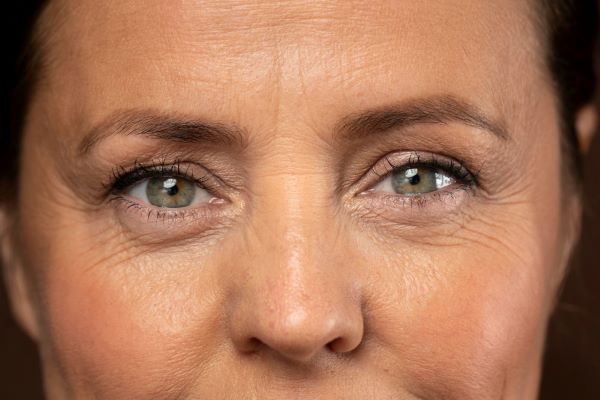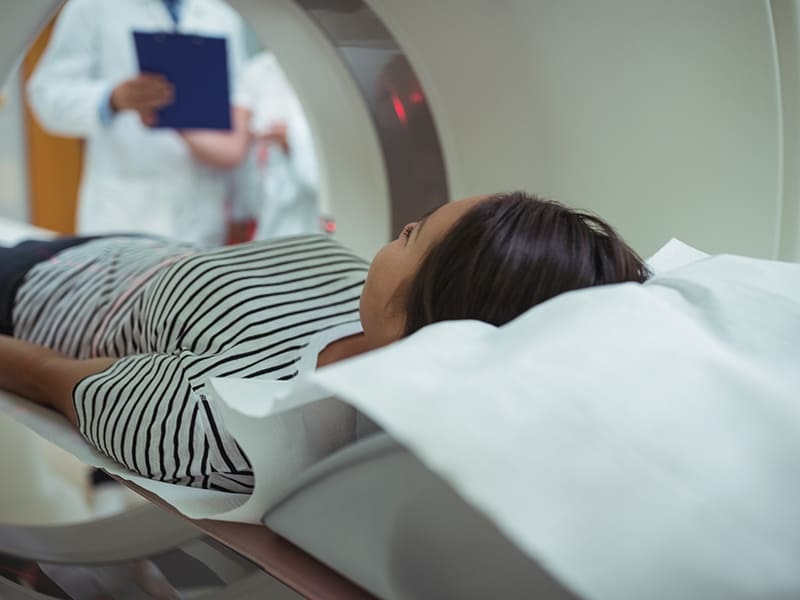Introduction
Treating wrinkles, nasolabial folds, and glabellar lines requires a combination of skincare, lifestyle changes, and advanced aesthetic treatments for a youthful appearance.
1. What Are Wrinkles and Why Do They Form?
Wrinkles develop as part of the natural aging process.
However, several factors accelerate their formation:
Aging and Skin Structure Changes
As we age, our skin undergoes structural changes. The production of collagen and elastin, two essential proteins that maintain skin firmness, gradually declines. Additionally, hyaluronic acid, a natural moisturizer in the skin, decreases, leading to dryness and loss of elasticity.
External Factors Contributing to Wrinkles
- Sun Exposure: UV radiation accelerates collagen breakdown and damages skin cells, leading to premature aging.
- Repetitive Facial Expressions: Constant smiling, frowning, and squinting can cause fine lines to become permanent.
- Lifestyle Choices: Smoking, alcohol consumption, and poor diet contribute to oxidative stress, leading to faster skin aging.
- Sleep Deprivation & Stress: Chronic stress and lack of sleep impair skin regeneration, making wrinkles more noticeable.
2. Understanding Different Types of Wrinkles
Wrinkles are not all the same. Some develop due to facial movements, while others result from collagen loss.
A. Nasolabial Folds (法令紋)
Nasolabial folds, also known as smile lines, run from the sides of the nose to the corners of the mouth.
While they are naturally present, they become deeper with age due to:
- Loss of skin elasticity
- Decreased collagen and fat volume in the cheeks
- Repeated facial expressions like smiling or talking
B. Glabellar Lines (虎紋)
Glabellar lines, often called frown lines, appear between the eyebrows.
These vertical creases become more pronounced due to:
- Frequent frowning or eyebrow movements
- Skin thinning and reduced elasticity
- Excessive sun exposure
C. General Wrinkles (皺紋)
Other common wrinkles include:
- Forehead lines: Horizontal lines due to frequent eyebrow movements.
- Crow’s feet: Wrinkles around the eyes caused by squinting and smiling.
- Marionette lines: Lines running from the mouth corners down the chin, often associated with sagging skin.
3. How to Prevent and Treat Wrinkles?
There are various ways to reduce wrinkles, from skincare routines to advanced medical treatments.
A. Skincare and Home Remedies
Maintaining a good skincare routine helps prevent and reduce wrinkles.
1. Hydration and Moisturization
Using skincare products with hyaluronic acid, ceramides, and glycerin helps retain moisture, keeping the skin plump and reducing fine lines.
2. Sun Protection
Applying broad-spectrum sunscreen (SPF 30 or higher) daily protects against UV damage, preventing premature aging.
3. Retinoids and Peptides
- Retinoids (Vitamin A derivatives) stimulate collagen production, helping reduce wrinkles over time.
- Peptides are amino acids that promote skin repair and rejuvenation.
4. Antioxidants (Vitamin C, E, and Niacinamide)
- Vitamin C boosts collagen production and fights free radicals.
- Niacinamide improves skin elasticity and reduces hyperpigmentation.
B. Non-Invasive Treatments
For those seeking faster results, professional treatments offer effective wrinkle reduction.
1. Botox (Botulinum Toxin Injections)
Botox temporarily relaxes facial muscles, preventing deepening of expression lines.
It is particularly effective for:
- Glabellar lines (虎紋)
- Forehead wrinkles
- Crow’s feet
2. Dermal Fillers (Hyaluronic Acid Injections)
Hyaluronic acid fillers restore lost volume, reducing the appearance of nasolabial folds and marionette lines.
Popular options include:
- Juvederm
- Restylane
3. Laser Resurfacing
Laser treatments like Fraxel or CO2 laser stimulate collagen production and smooth out fine lines.
4. Microneedling (Collagen Induction Therapy)
This procedure creates tiny micro-injuries in the skin to boost collagen and improve texture.
C. Advanced Medical Aesthetic Treatments
For longer-lasting improvements, medical aesthetic treatments are highly effective.
1. High-Intensity Focused Ultrasound (HIFU)
HIFU penetrates deep into the skin layers, tightening sagging skin and improving wrinkles.
It is a great option for:
- Nasolabial folds
- Jawline contouring
2. Thermage (Radiofrequency Skin Tightening)

Thermage uses radiofrequency energy to tighten skin by stimulating collagen remodeling.
It works well for:
- Mild to moderate skin laxity
- Full-face skin tightening
3. Platelet-Rich Plasma (PRP) Therapy
PRP, also known as the “Vampire Facial,” uses the patient’s blood to stimulate skin regeneration, improving texture and fine lines.
4. Choosing the Right Treatment for You
The best treatment depends on age, skin condition, and personal goals:
- For early prevention (20s-30s): Skincare with antioxidants, sunscreen, and retinol.
- For mild wrinkles (30s-40s): Botox, fillers, and microneedling.
- For deep wrinkles (40s-60s): HIFU, laser resurfacing, and Thermage.
Always consult a dermatologist or medical aesthetic professional before undergoing any procedure.
Conclusion
In conclusion, effective treatment and prevention of wrinkles, nasolabial folds, and glabellar lines require a combination of skincare, lifestyle choices, and advanced aesthetic procedures.





